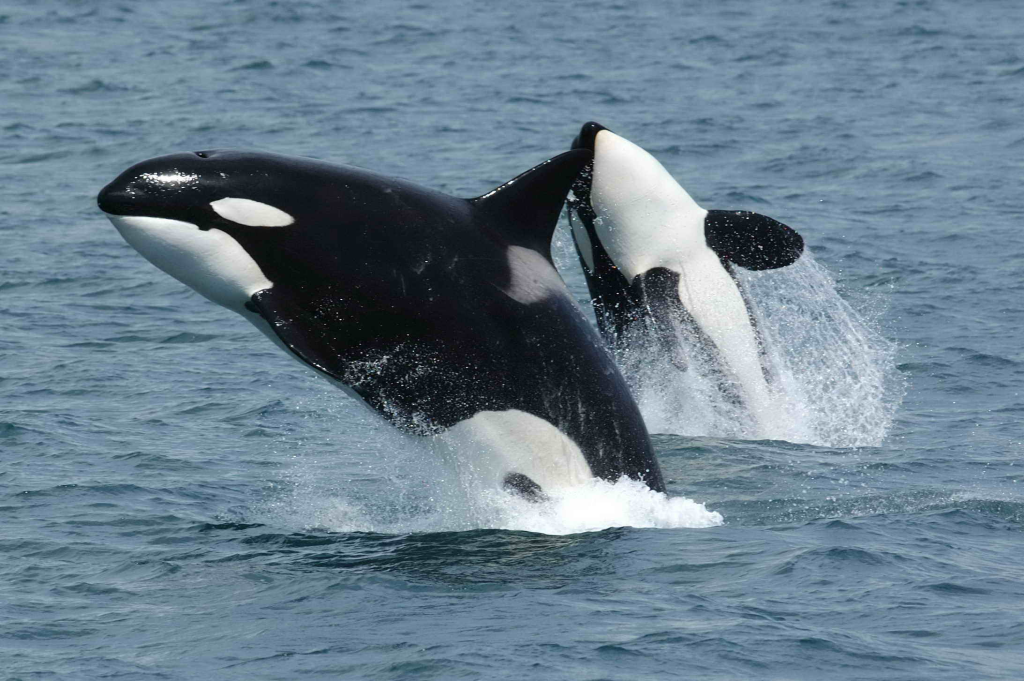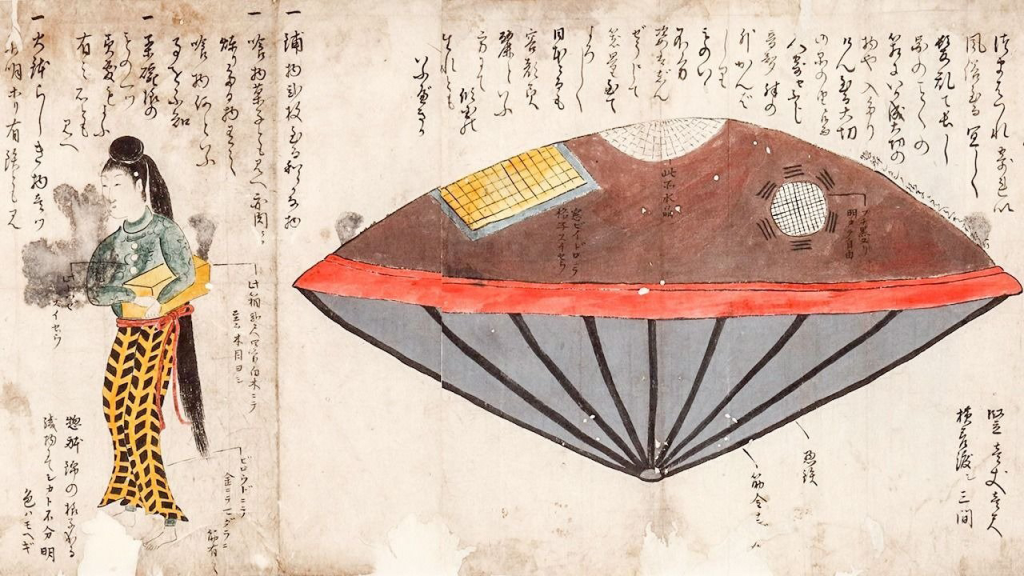Boat captain says orcas know what they are doing

From Michelle Butterfield for Global News: "For weeks, the world has been watching with interest as groups of orcas, also known as killer whales, appear to be ambushing boats off the coasts of Spain and Portugal. A boat captain says that after his boat was attacked for a second time he now thinks these groups of orcas know “exactly what they’re doing.” Captain Dan Kriz, a sailor with Reliance Yacht Management, had his first orca encounter in 2020. “I was sailing with my delivery crew through the Strait of Gibraltar delivering a yacht when I was surrounded with a pack of eight orcas, pushing the boat around for about an hour,” Kriz said. “We were one of the first boats experiencing this very unusual behavior."
Tea drinking was good for the rich in the 1800s, but bad for the poor

Livia Gershon for JSTOR Daily: "The practice of taking afternoon tea spread from fashionable Dublin to upper and middle classes around Ireland in the 1800s. Women could demonstrate their families’ status with tasteful tea parties governed by rules of etiquette imported from England. Among these were that the tea must be of good quality, refreshments should be placed on a silver tray, and nothing serious or controversial should be discussed. But when it came to the urban poor and farm laborers, popular discourse was very different. As early as 1745, a treatise on tea by British writer Simon Mason promoted afternoon tea drinking as a digestive aid for elites, but discouraged “an imprudent Use of Tea, by Persons of an inferior Rank, and mean Abilities.” When it came to women who “work hard and live low,” he argued, tea “makes them peevish and unkind to their husbands."
New dinosaur species discovered in the Isle of Wight

From Sean Seddon for BBC News: "The fossilised remains of a previously unknown type of dinosaur have been found on the Isle of Wight. It is the first new species of armoured dinosaur to be found on the island since 1865 and belongs to the same family - the ankylosaurs. Though fearsome in appearance with its blade-like armour, the giant reptile - which has been named Vectipelta barretti - only ate plants. It was discovered in rocks dating back between 66 and 145 million years. Though the new dinosaur bears some similarities to the last ankylosaur discovered on the island - called Polacanthus foxii - scientists do not think the two species were very closely related. As well as having different neck, back and pelvic bones, the recent find would have had more spiked armour."
Is EMDR a revolution in the treatment of psychological trauma, or a form of pseudoscience?

Meg Bernhard for VQR Online: "The origin story of EMDR goes something like this: One afternoon in 1987, Francine Sha-piro, a doctoral student in clinical psychology, was walking along the Vasona Reservoir in Los Gatos, California. Shapiro had recently recovered from breast cancer and left behind a potential career as a literary scholar to explore the connection between the mind and the body. She kept walking, and she observed that when a negative thought came to mind, her eyes moved diagonally, very quickly. When she returned to the thought, it had lost its emotional charge. Shapiro soon began testing her observations on friends and clients. While they thought about something negative, she quickly moved her index finger diagonally and asked them to follow. By trial and error, she developed a procedure she called Eye Movement Desensitization and Reprocessing."
Japanese folk tales tell of an alien craft that arrived on the coast of Japan in 1803

By Hunter Dukes for Public Domain Review: "Sometime in the early months of 1803, an alien ship came ashore on the coast of Japan. The vessel looked like a cauldron, rice pot, or pod — its bottom was forged from some kind of heavy metal; the top seemed to be rosewood, lacquered and inset with latticed glass. A panel flung open on the hull and out stepped a being that looked almost human. . . Or so the various sources tell us, with varying levels of contradiction. This utsuro-bune (hollow or vacant ship) appears in at least twelve literary sources from the late Edo period. The most notable is Toen shōsetsu, a fourteen-volume collection of gossip and gathered tales. We find a series of perplexing details in the eleventh volume, during an account titled Utsuro-bune no Banjyo (A Foreign Woman in a Hollow Vessel). The alien ship', measuring about five meters in diameter, was discovered on a beach in the Hitachi Province. The alien ship's inhabitant was beautiful. Her red hair had white highlights; she grasped a wooden box and refused to let it go."
When vertigo attacked my brain, I suddenly started having visions

Katy Vine writes for Texas Monthly magazine: "It started when I was carrying a laundry basket from the dryer to the couch. Time began to slow, thickening like cooling wax. A pounding heartbeat accompanied a heaviness in my chest and a weakness in my legs. Next, what felt like invisible strings were pulling me down and sewing me to the wooden floor—my feet, then my hips, then my hands. The spinning started about ten minutes later—gentle at first, then increasingly turbulent. By the time George burst through the door, I felt like a stuffed animal tossed into violent ocean waves. The floor was folding and churning, and as he walked directly toward me, he seemed unflappably graceful, capable of performing ballet on a battleship. I wasn’t just “dizzy,” I was incapacitated. My motor skills reverted to those of a sleepy six-month-old baby."
The suspension bridge made from living roots
Umshiang Double-Decker Root Bridge is a living root bridge in Meghalya, India. These living bridges are grown from a special type of rubber tree. As the roots grow, so the strength of the bridge increases (via Massimo on Twitter)




